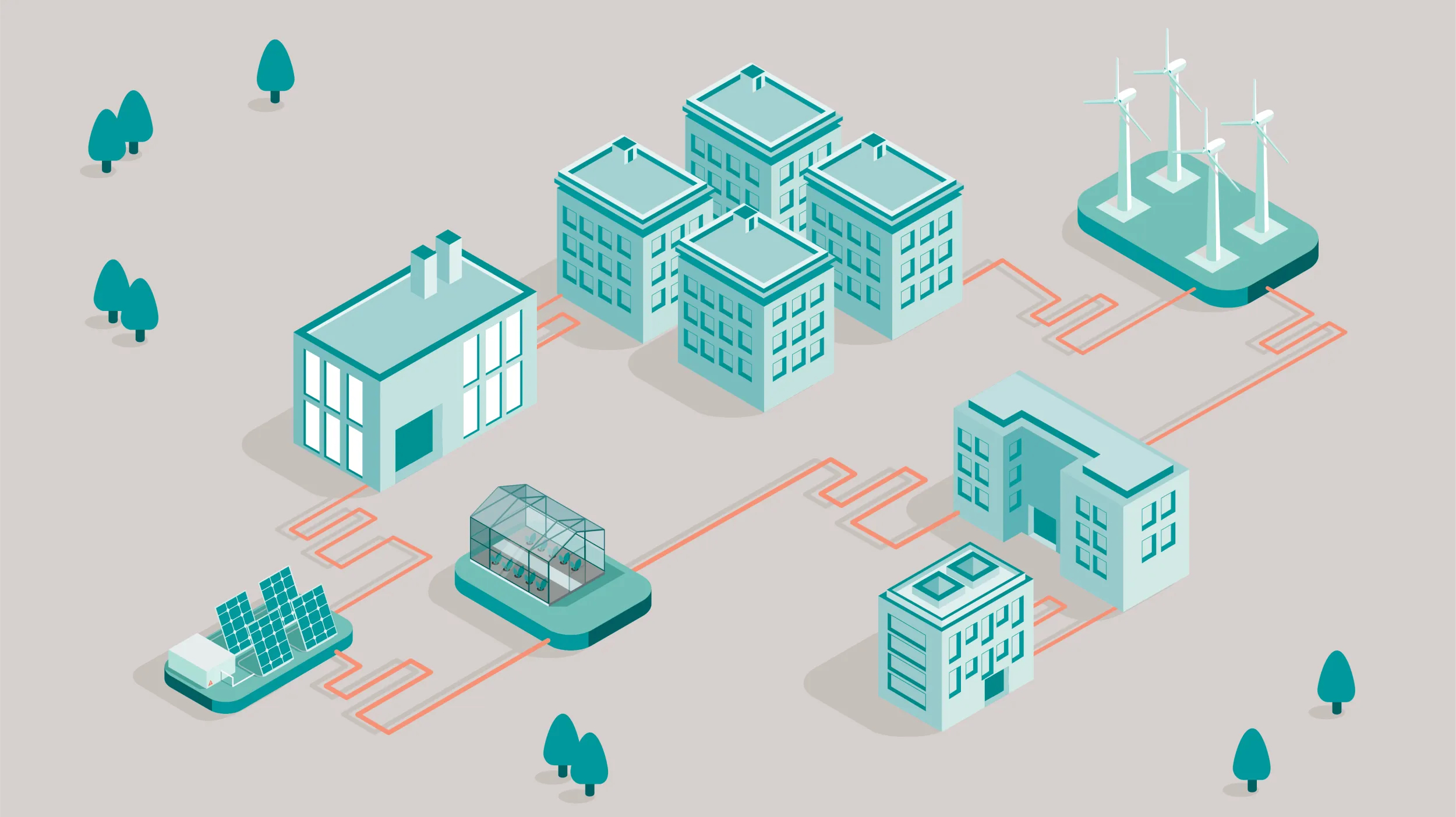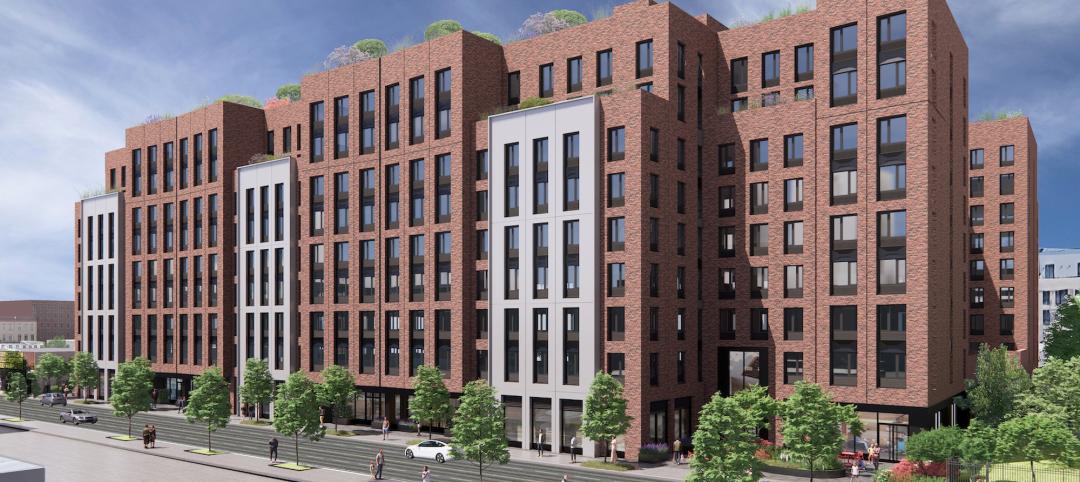If someone asked you how your marriage was and you said “sustainable,” would you be proud of that answer? A sustainable relationship to a building, community and planet should be the floor, not the ceiling. A partnership that doesn’t just maintain itself, but instead improves, grows, and becomes more valuable over time—these are the kinds of outcomes I seek to create every day. As an expert in the circular economy, I’m here to push the industry towards regeneration.
What's a circular economy?
In the simplest sense, a circular economy is an approach to material lifecycle management guided by three principles: eliminate waste, keep materials in circulation for as long as possible, and regenerate natural systems. These principles are essential, given how construction is estimated to create a third of the world’s waste. How these strategies appear in building design and construction is based on the outcomes our clients are looking for. Want a building that comes with a financial return? What about one that lasts longer than any of its peers? What about a building that everyone can feel good about constructing, from the community to the animals that surround it? These are all outcomes our strategies build towards.
At its core, a circular economy is an extension of our firm's Living-Centered Design ethos, where the spaces we create don’t just meet the needs of this generation and the next, but make it easier for future generations to meet their own needs. That means brighter and better communities, businesses, ecologies and lives. But I also think this should be every architect’s goals—if it’s not, why are you in this line of work? We have the power to make a massive difference in people’s lives.
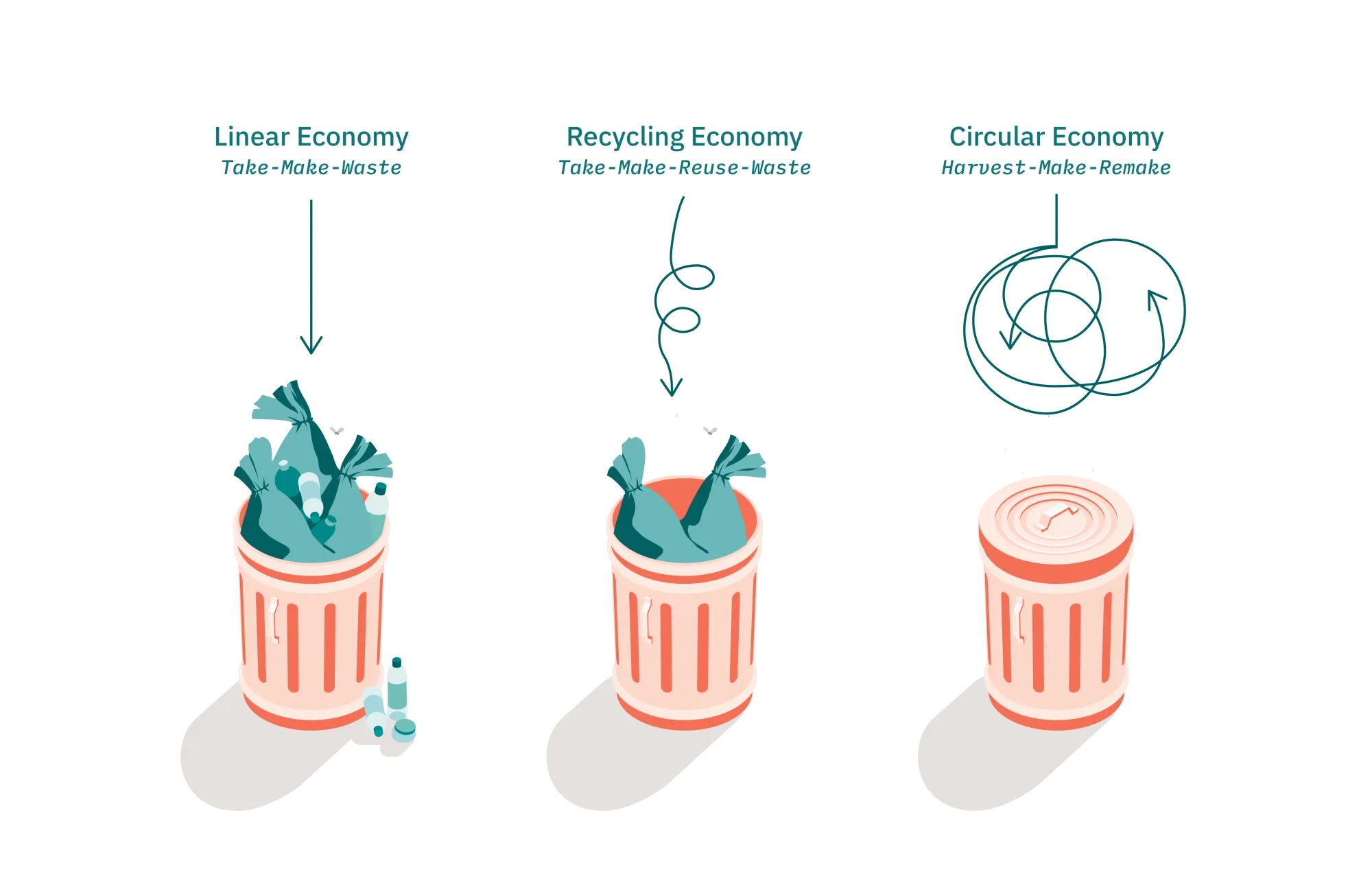
Redefining the role of the architect
Traditionally, architects have thought of their work in a vacuum, handing over the keys to a building once it’s complete and saying enjoy. That way of designing and thinking has to change. We have an obligation to continue to be invested in the success of a building throughout its lifecycle. One new service line I see the industry offering is material lifecycle and utilization plans, where our staff, or other organizations, can assess buildings to tell you what materials you have, their value, age, and create a potential next life for the material to be circulated into a neighboring building project. I’m so excited for organizations to see the value that comes from a proper, streamlined deconstruction.
As part of our firm’s partnership with ModularDesign+, we’re doing our part to make deconstruction more realistic and financially viable. Through modular design, we can prefabricate entire and repetitive portions of a building offsite, from bathrooms to residential units, then ship them to the site for faster assembly. Doing so allows us to reduce wasted material and construction time, while creating a building whose components can easily be removed during deconstruction, or when the building’s purpose changes.
The better we design for deconstruction, the more valuable materials become due to their potential for reuse in future projects, and the larger return on investment organizations will receive.
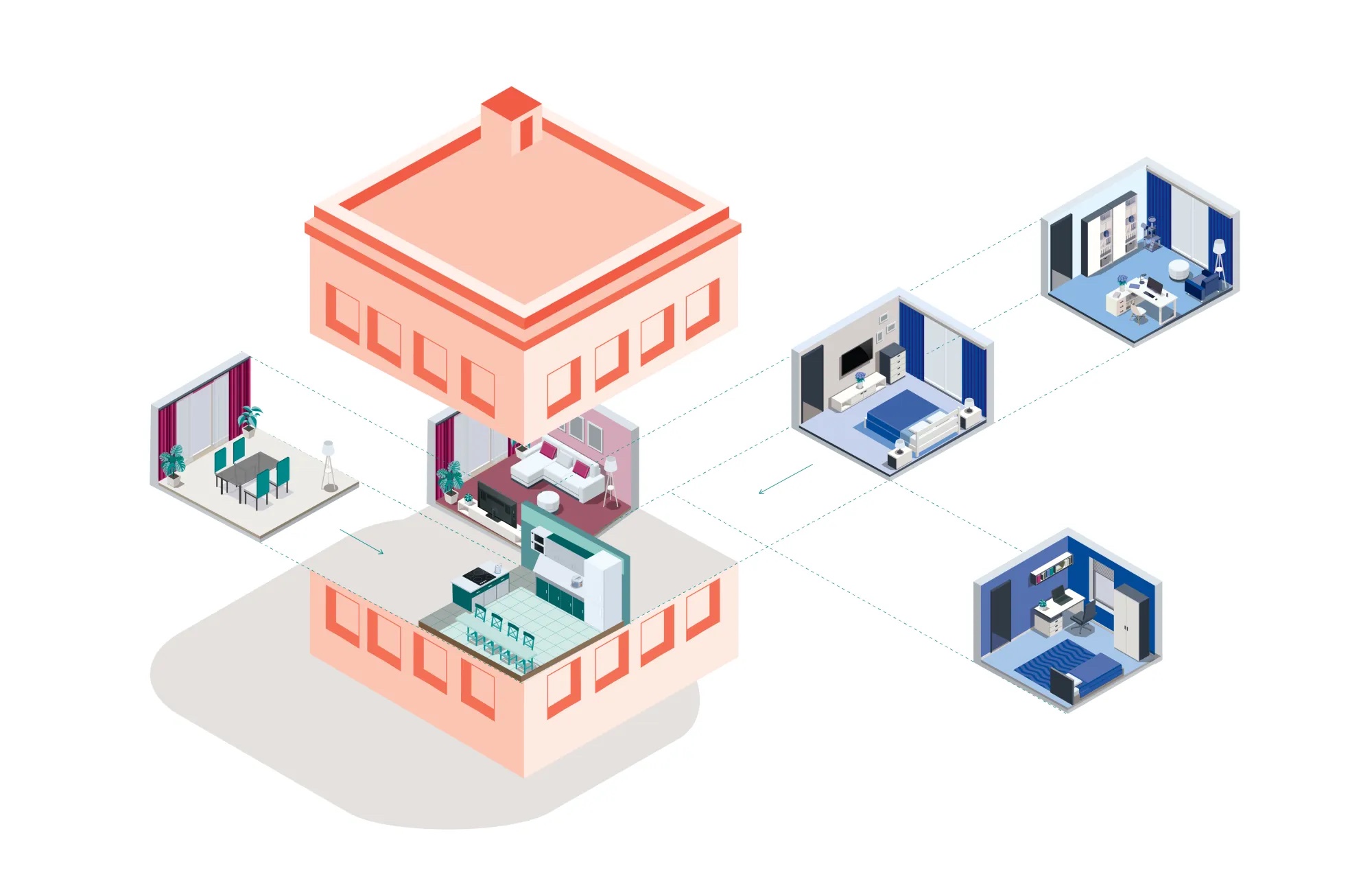
Unpacking the circular pieces
The most sustainable building is one that’s already built, which is why a flexible and adaptable structural design—from day one—is essential. If we correctly design an academic building, it could be transformed into a simulation lab in a generation, and student housing a generation after that. This simply isn’t possible for most buildings from the ‘60s and ‘70s that are coming to the end of their lives now, as they weren’t built to be flexible and adaptable. So the preparations we make today will allow buildings to naturally evolve and adapt to the next generation’s needs. At the room level, this involves focusing on flexible partitions, multiuse rooms in buildings, and higher floor-to-floor space so that updated building systems can be incorporated as space needs change. COVID showed us how valuable adaptability is, and many older buildings weren’t up to that challenge. We never want to see that lack of resilience again.
You can see how these techniques, when layered atop each other, dramatically reduce waste and keep materials in use and in circulation. When less intensive and longer-lasting buildings are constructed, that also means fewer trips to extract raw materials, and fewer construction projects. I’m sure we’ve all walked by a construction site that has overstayed its welcome in terms of noise pollution, dustiness and disruptions. By reducing demand for raw material and the length of construction timelines, we can reduce our demand on natural systems, and allow them to regenerate themselves, whether they’re on our doorstep or halfway across the world. Before you know it, you’ve used all three circular economy principles in their true essence, rather than slapping the unspecific and watered-down label of “sustainable” on a project.

Measuring impact
Because the values of well-designed, regenerative buildings are counted in decades, I haven’t had the chance to see even a tenth of my work pay off—that will only happen when both I and my buildings are retired and move onto the next stage of our lives.
Of course, there are quicker ROIs than a lifetime. The return on investments for working in the circular economy look different depending on who I’m talking to, but there’s fantastic benefits in the social, environmental and ecological sides. Say I’m installing a solar array on a college campus, for example. I can discuss the social good of lowered air pollution from not burning fossil fuels, the innate ecological good of solar, or using a Power Purchase Agreement to help with installation costs and lower energy prices. A lot of experts talk about two branches of these returns, but there’s always at least three, and they’re more intertwined than you think.
The best way I picture return on investments is thinking of an entire building as a retirement fund. Many organizations see new buildings as an overhead cost, but they’re more than that—they’re places to be invested in and withdrawn from, whether that’s through the materials used to construct them or the use of the space itself. Any good accountant will tell you to always put your money into funds that have a consistent return on investment, but pretty much every building I've ever seen has a negative return. We can change that by redesigning the fund we’re investing in—material lifecycles, in this case. We need to stop throwing money into buildings and taking the loss.
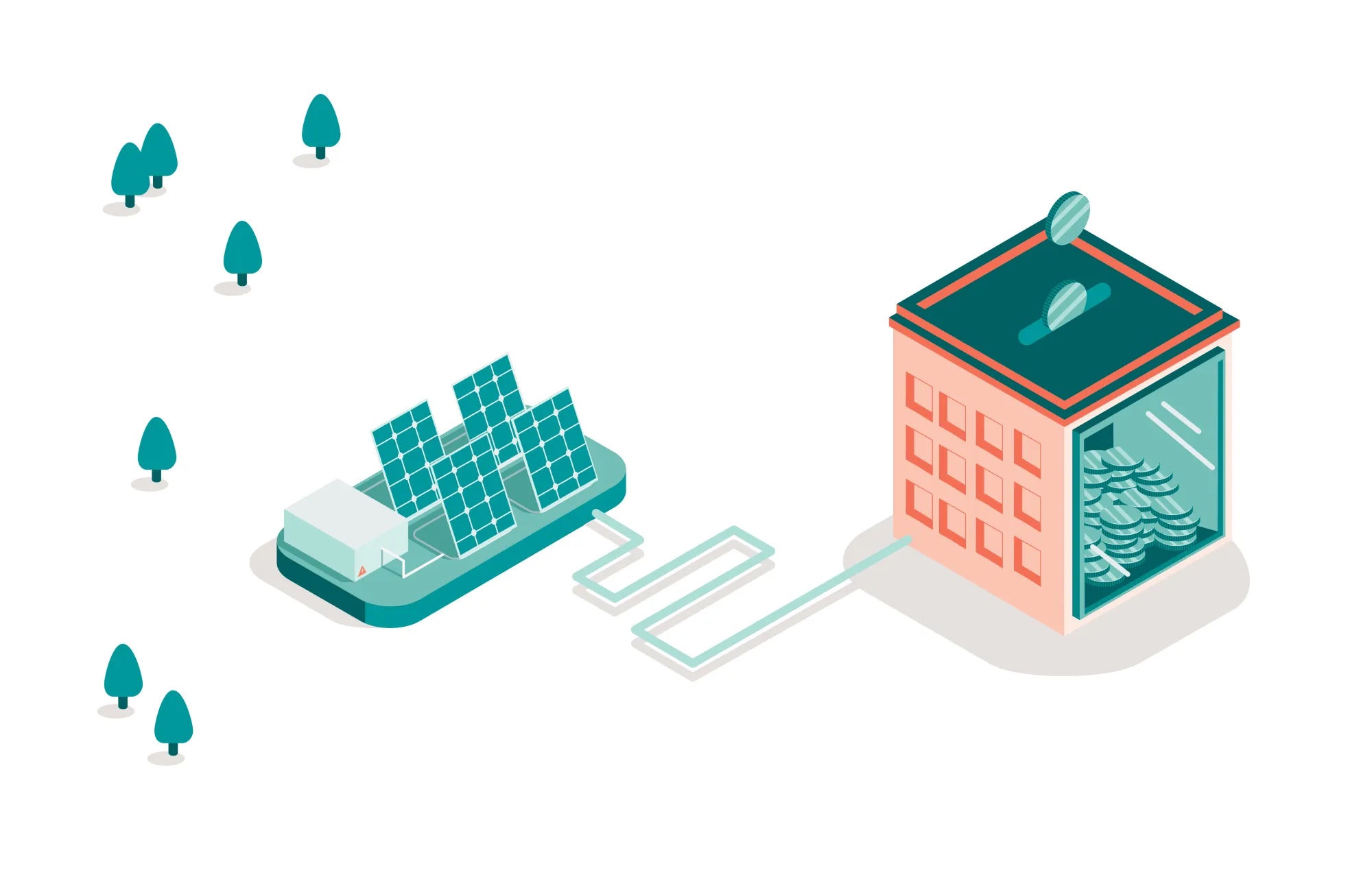
It's about time we create a new fund that actually gives you a return on your investment. Alternatives are out there, and we’re designing them today. New, imaginative, well-executed buildings make a better world possible and exciting, whether you're designing for people, planet, or profit, the opportunity is here.
About the author: Eric Corey Freed is CannonDesign's director of sustainability.
More from Author
CannonDesign | Sep 20, 2024
The growing moral responsibility of designing for shade
Elliot Glassman, AIA, NCARB, LEED AP BD+C, CPHD, Building Performance Leader, CannonDesign, makes the argument for architects to consider better shade solutions through these four strategies.
CannonDesign | Jan 3, 2024
Designing better built environments for a neurodiverse world
For most of human history, design has mostly considered “typical users” who are fully able-bodied without clinical or emotional disabilities. The problem with this approach is that it offers a limited perspective on how space can positively or negatively influence someone based on their physical, mental, and sensory abilities.
CannonDesign | Oct 23, 2023
Former munitions plant reimagined as net-zero federal workplace
The General Services Administration (GSA) has embraced adaptive reuse with Building 48, an exciting workplace project that sets new precedents for how the federal government will approach sustainable design.
CannonDesign | Aug 22, 2023
How boldly uniting divergent disciplines boosts students’ career viability
CannonDesign's Charles Smith and Patricia Bou argue that spaces designed for interdisciplinary learning will help fuel a strong, resilient generation of students in an ever-changing economy.
CannonDesign | Jul 10, 2023
The latest pediatric design solutions for our tiniest patients
Pediatric design leaders Julia Jude and Kristie Alexander share several of CannonDesign's latest pediatric projects.
CannonDesign | Apr 10, 2023
4 ways designers can help chief heat officers reduce climate change risks
Eric Corey Freed, Director of Sustainability, CannonDesign, shares how established designers and recently-emerged chief heat officers (CHO) can collaborate on solutions for alleviating climate change risks.
CannonDesign | Mar 9, 2023
5 laboratory design choices that accelerate scientific discovery
Stephen Blair, director of CannonDesign's Science & Technology Practice, identifies five important design strategies to make the most out of our research laboratories.
CannonDesign | Feb 9, 2023
3 ways building design can elevate bold thinking and entrepreneurial cultures
Mehrdad Yazdani of CannonDesign shares how the visionary design of a University of Utah building can be applied to other building types.
CannonDesign | Jan 9, 2023
How modular solutions can help address skyrocketing construction costs
Modular builder Joshua Mensinger details three ways modular solutions aid in lowering construction costs.
CannonDesign | Dec 9, 2022
What's old is new: Why you should consider adaptive reuse
While new construction allows for incredible levels of customization, there’s no denying that new buildings can have adverse impacts on the climate, budgets, schedules and even the cultural and historic fabrics of communities.

